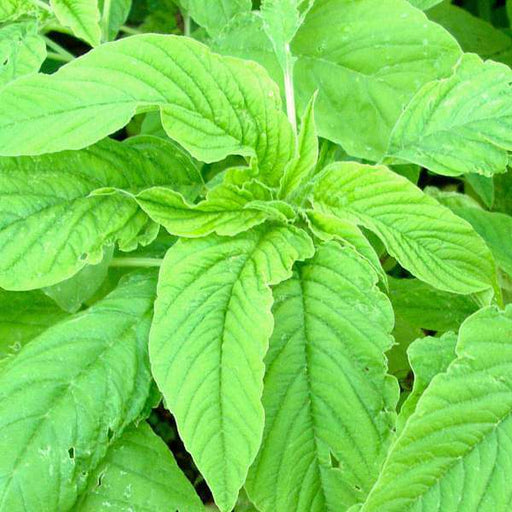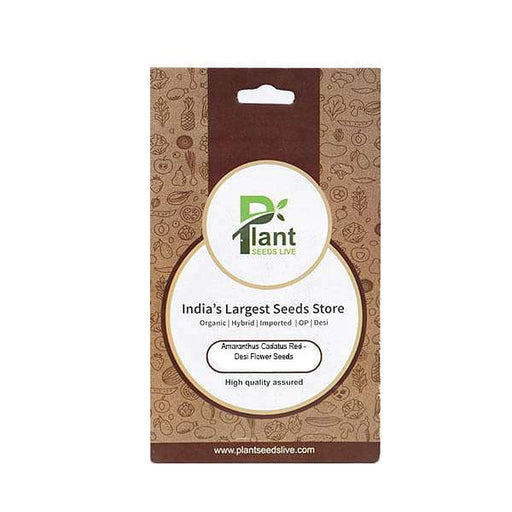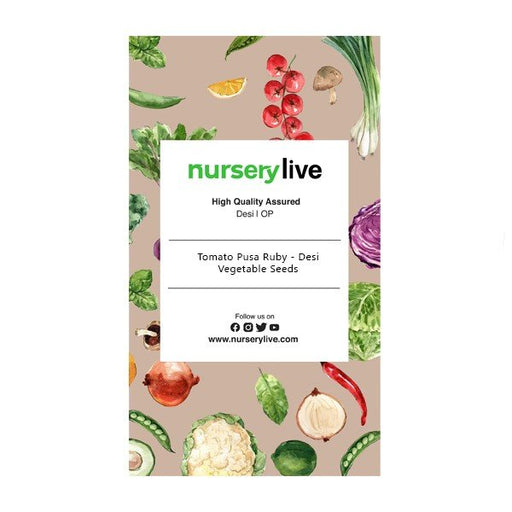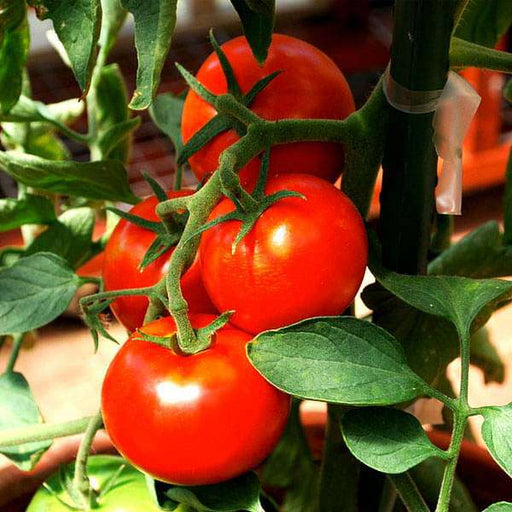Amaranthus seeds for sale
Finding high-quality amaranthus seeds is essential for growing healthy and vibrant amaranth plants. Shopping for amaranthus seeds online can give you access to a wide variety of high-quality seeds that can help you create a stunning and beautiful garden.
Amaranthus growing season
Understanding the best time to plant amaranthus is essential for ensuring healthy and successful growth. Amaranthus is typically planted in the spring or early summer and can be grown throughout the summer and fall.
Amaranthus garden design
Amaranthus can be used in a variety of garden designs, including container gardens, borders, and mass plantings. Understanding the best ways to incorporate amaranthus into your garden design can help you create a beautiful and visually interesting landscape.
Amaranthus as a food crop
Amaranthus is a versatile crop that can be grown for both ornamental and food purposes. Understanding the best ways to grow and harvest amaranthus for use as a food crop can help you create delicious and nutritious meals using this amazing plant.
Amaranthus as a natural dye
Amaranthus can also be used as a natural dye for fabrics, yarns, and other materials. Understanding the best ways to use amaranthus as a natural dye can help you create beautiful and unique textiles using this incredible plant.
Amaranthus in traditional medicine
Amaranthus has been used in traditional medicine for centuries to treat a variety of ailments, including diarrhea, fever, and sore throats. Understanding the traditional uses of amaranthus in medicine can help you appreciate the healing properties of this amazing plant.
Amaranthus as a symbol
Amaranthus has been used as a symbol of immortality and eternal life in many cultures throughout history. Understanding the symbolic significance of amaranthus can help you appreciate the cultural and historical importance of this amazing plant.
Amaranthus for biodiversity
Growing amaranthus in your garden can help promote biodiversity and support a healthy ecosystem. Understanding the ecological benefits of amaranthus can help you make informed choices about how to design and manage your garden.
Amaranthus for pollinators
Amaranthus is a great plant for attracting pollinators such as bees and butterflies to your garden. Understanding the role of amaranthus in supporting pollinator populations can help you create a healthy and vibrant garden ecosystem.
Amaranthus for companion planting
Amaranthus is a great companion plant for many other crops, including tomatoes and peppers. Understanding the benefits of amaranthus in companion planting can help you create a more productive and healthy garden.
Amaranthus for soil health
Amaranthus is a great crop for improving soil health and fertility. Understanding the ways in which amaranthus can improve your soil can help you create a healthier and more productive garden.
Amaranthus for edible leaves
Amaranthus leaves are edible and can be used in a variety of dishes, including soups, stews, and salads. Understanding the best ways to harvest and prepare amaranthus leaves for consumption can help you incorporate this nutritious plant into your diet.
Amaranthus for edible seeds
Amaranthus seeds are also edible and can be used in a variety of dishes, including porridge, bread, and granola. Understanding the best ways to harvest and prepare amaranthus seeds for consumption can help you incorporate this nutritious plant into your diet.
Amaranthus for dyeing fabrics
Amaranthus can be used as a natural dye for fabrics, yarns, and other materials. Understanding the best ways to use amaranthus as a natural dye can help you create beautiful and unique
Amaranthus varieties
There are many different varieties of amaranthus available, each with unique colors and shapes. Understanding the different types of amaranthus can help you choose the perfect variety for your garden.
Amaranthus for cut flowers
Amaranthus is a great cut flower and can be used in floral arrangements and bouquets. Understanding the best ways to harvest and arrange amaranthus for cut flower use can help you create stunning floral displays.
Amaranthus for drying
Amaranthus can also be dried for use in crafts and home decor projects. Understanding the best ways to dry amaranthus can help you preserve its beauty and use it in a variety of creative ways.
Amaranthus for landscaping
Amaranthus is a great plant for landscaping and can be used in a variety of ways, including as a ground cover, edging plant, or specimen plant. Understanding the best ways to use amaranthus in your landscape design can help you create a beautiful and visually interesting outdoor space.
Amaranthus for container gardening
Amaranthus can be grown in containers, making it a great option for small spaces such as balconies or patios. Understanding the best ways to grow amaranthus in containers can help you create a beautiful and functional container garden.
Amaranthus for vertical gardening
Amaranthus can also be grown in vertical gardens, allowing you to maximize your growing space and create a stunning living wall. Understanding the best ways to grow amaranthus in a vertical garden can help you create a unique and visually interesting outdoor feature.

















































